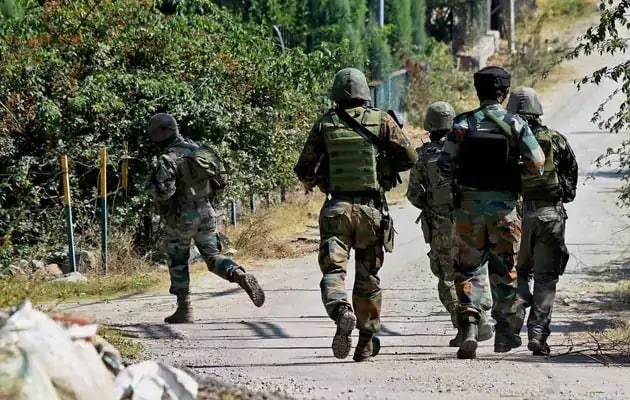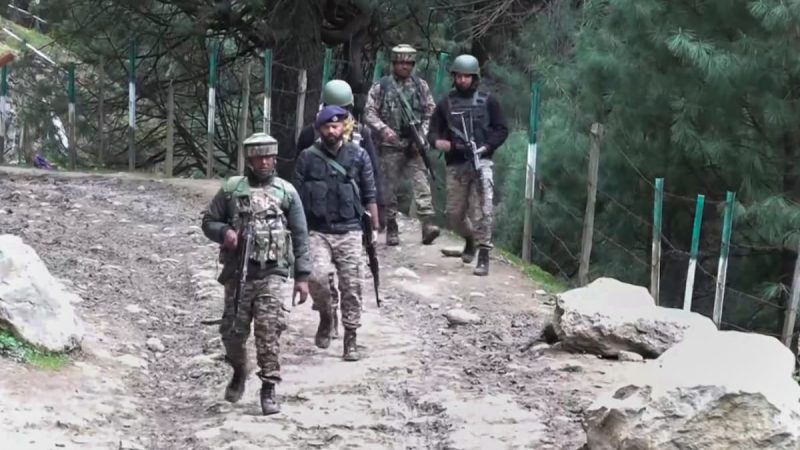From Blackouts To Taking Shelter: How War Prep Impacts Life Of Civilians

New Delhi:
The country is preparing for an unprecedented civil defence security drill tomorrow to “train civilians and students for effective civil defence in the event of a hostile attack.” The order came at a time when tensions between India and Pakistan are at their peak following the Pahalgam terror attack in which 26 civilians were shot dead.
The last such drill took place in 1971 when India and Pakistan went to war, and the latter was split into two, and Bangladesh was formed. The armies of the two countries faced each other again in Kargil in 1999 and during Operation Parakram in 2001-2002, when India mobilised its troops toward the International Border and the LoC after the Parliament attack planned by terrorists operating out of Pakistan.
When a threat of war looms over a country, the impact is felt not just by the security forces but also by civilians.
Read more: Blackouts, Evacuation, Hotlines: Details Of Tomorrow’s Security Drill
Impact On Daily Life
There cannot be a knee-jerk reaction to an enemy attack. The Centre has outlined measures for civil defence in India, detailing how people should be trained to respond to an attack. A 2003 document published by the Directorate General Civil Defence outlines general principles of civil defence – A concept that started in 1962 during the India-China war.

Indian soldiers on a patrol during the 1962 war
During the 1971 drill, civilians were trained to protect themselves from air raids – a threat that seemed imminent because in 1965 Pakistan attacked Indian Forward Operating Bases (FOBs) like Pathankot, Ambala, Agra, Adampur, and Halwara. People were trained to take shelter in bunkers, how to dig trenches, and find a secure, fortified location to protect themselves from enemy bombing.
A threat to water supply, public health, sanitation, and essentials is imminent, especially in areas near the conflict zones. The document calls for “Maintenance or restoration of a safe water supply and temporary measures of rendering water safe for drinking purposes and other essential uses.” A possibility of water shortage is likely primarily due to damage to supply lines and their use in firefighting operations.
“Adequate food inspection during an emergency, especially the inspection of emergency kitchens and canteens. Prevention of epidemics by mass inoculation.”
When a threat of war looms over civilian areas, there’s an impact on the movement of traffic, with restrictions on the use of lights in the evening. During the 1962 Indo-China war, 1965 and 1971 India-Pakistan war, there was a complete blackout in big cities like Delhi, Mumbai, Kolkata, Chennai and border cities.
Read more: Understanding Mega Security Drill: How Towns Black Out To Prep For Air Raids
The 2003 document details how lights on cars and other vehicles must be covered to aid in the blackout. “All lights capable of throwing a beam, carried on a motor vehicle, shall be screened,” it says and lays down three methods. The first is by passing dry brown paper over the glass, one thickness on the lower half, and two thicknesses on the upper half — this means a faint light will be emitted from the lower part of the headlamp.”
Before the start of the Second World War, Britain started preparing civilians for war from the 1930s, when Hitler came to power in Germany. German bombing raids were inevitable, poisonous gas could have been used against civilians and between 1938 and 1939, over 44 million gas masks were distributed to people.
On #ThisDayinHistory 1940, the Blitz begins in London. https://t.co/rLyOo32s4z pic.twitter.com/bbyePXm8gH
— HISTORY (@HISTORY) September 7, 2017
From 1 September 1939, ‘Blackout’ was enforced. Curtains, cardboard and paint were used to prevent light escaping from houses, offices, factories or shops, which might be used by enemy bombers to locate their targets. Householders could be fined if they did not comply.
In Israel, the 1951 Civil Defence Law mandates the construction of bomb shelters in every home, apartment complex. For decades, Israelis have been trained to quickly respond to air raid sirens. During the Lebanon War of 1982, thousands of Israelis spent a long time in shelters.
Even in Ukraine, civil defence, despite its impact on regular movement, access to healthcare, water and other essentials, the Ukrainian government has ensured that digitalisation of public services has allowed the authorities and other providers of critical services to function adequately throughout the war. This has helped people access financial institutions like banks and ATMs to buy essentials, and the continuation of services like healthcare, education, etc.

A children’s hospital in Kyiv was attacked by Russia.
Psychological Impact
Civil defence is essentially the defence of citizens by citizens, but a threat of an attack has a psychological impact on the population. During the 1971 war, Bombay was a strategic and tactical target for Pakistan and also the headquarters of the Western Naval Command.
In an article for Deccan Herald, Michael Patrao, who was in primary school in 1971, writes, “There used to be mock drills in my school, St Anthony’s High School, Santacruz, located not very far from the airport, a potential target. We were instructed to rush into the church when the siren (schoolbell) was sounded…On hearing the mock drill siren, we used to rush to the church.”
A video of an air raid drill from Mumbai showed people getting off a BEST bus and covering their heads when an air raid siren was sounded. Many took shelter in nearby structures.
M R Narayan Swamy, a veteran journalist, writes, “In 1971, L-shaped trenches had been dug outside our two-room government flats in Netaji Nagar, in south Delhi, so that people could take shelter in the event of a Pakistani air attack.”
The threat triggers an increased rate of anxiety and uncertainty. In Israel, at least two generations of citizens have grown up experiencing war and hiding in bunkers.
A report by the Council on Foreign Relations, “One in five people living in active or recent war zones has depression, anxiety, post-traumatic stress disorder (PTSD), bipolar disorder, or schizophrenia. Trauma-induced mental health problems can even be passed down generations.”
In Ferozepur, Punjab, a blackout drill in the cantonment area was conducted last Sunday, reminding people of the 1971 war when the district was under attack by Pakistan.
The drill is planned across 244 civil defence districts, and the focus will be on border districts and strategic locations. The security drill will help people prepare to act quickly and effectively during real emergencies.






